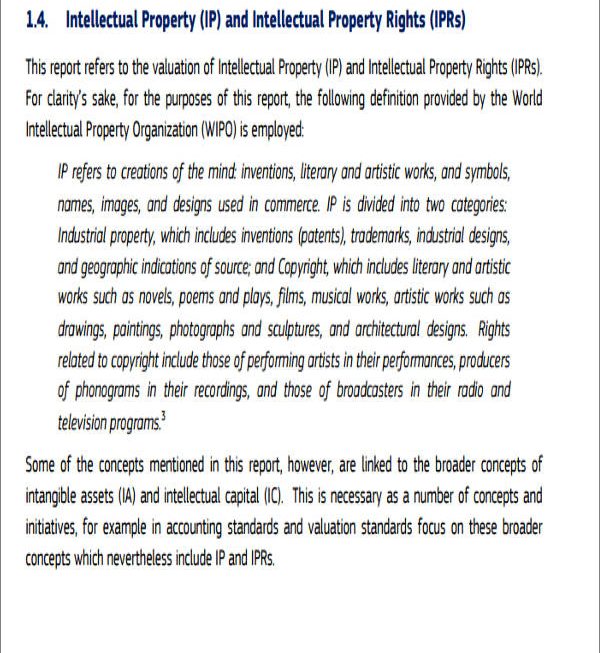When it comes to assessing the worth of a patent, a rigorous and well-structured Patent Valuation Report becomes indispensable. Such a report provides not just an estimate of a patent’s financial value but also deep insights into its potential market impact, legal robustness, and technological edge.
Why is a Patent Valuation Report Important?
The increasing importance of intellectual property (IP) in today’s economy can’t be overstated. Companies, investors, and legal professionals rely on comprehensive Patent Valuation Reports to make informed decisions. This document serves numerous critical purposes:
Mergers and Acquisitions
During mergers and acquisitions, understanding the value of the IP portfolio is crucial. A well-prepared Patent Valuation Report helps buyers and sellers come to a fair agreement by presenting an objective assessment of the patent’s worth.
Licensing Agreements
When companies seek to license their technology, they need to set appropriate royalty rates. The Patent Valuation Report provides a baseline against which licensing negotiations can proceed, ensuring that both parties receive equitable terms.
Litigation
In the event of legal disputes over patent infringements, a detailed Patent Valuation Report can be instrumental in quantifying damages and determining fair settlements. Legal teams often rely on these reports to support their arguments.
Components of a Comprehensive Patent Valuation Report
Read more about Intellectual Property Valuation here.
A robust Patent Valuation Report typically consists of several integral components that together present a holistic picture:
Technological Assessment
This section analyzes the technical aspects of the patent, including its innovativeness, scope, and applicability. It provides an understanding of how the patented technology stands relative to existing alternatives.
Market Analysis
Understanding the commercial potential of a patent requires a thorough market analysis. This part of the Patent Valuation Report covers market size, growth prospects, and competitive dynamics.
Legal Examination
The legal robustness of a patent can significantly impact its value. This section scrutinizes the patent’s claims, litigation history, and the ability to enforce IP rights.
Financial Evaluation
This critical section brings together all other analyses to estimate the monetary value of the patent. Various methodologies, such as the cost approach, market approach, and income approach, can be employed to derive this figure.
Challenges in Preparing an Accurate Patent Valuation Report
While these reports are invaluable, preparing a precise Patent Valuation Report is fraught with challenges. Among these are:
Data Availability
Accessing reliable and comprehensive data is often difficult. Accurate patent valuations depend on detailed information, including market data, technological benchmarks, and legal precedents.
Subjectivity
Despite the use of scientific methodologies, some degree of subjectivity is inevitable. Experts often differ in their assessments, and this can lead to variations in the valuation.
Rapid Technological Changes
The speed at which technology evolves can render a Patent Valuation Report outdated quickly. Continuous monitoring and updates are necessary to maintain relevance.
In conclusion, a Patent Valuation Report is a cornerstone document for anyone dealing with intellectual property. Its multifaceted insights serve as a guiding light in various business and legal scenarios, making it an indispensable tool in the modern IP-driven economy.


